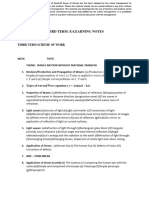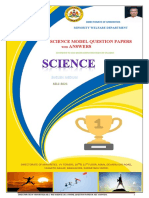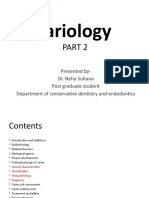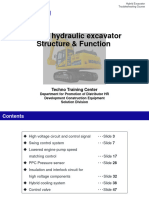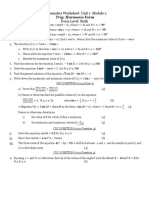0% found this document useful (0 votes)
15 views6 pagesGarbage Classification Using Convolutional Neural
This research paper presents a study on garbage classification using Convolutional Neural Networks (CNNs), achieving an accuracy of 98.45%. The study emphasizes the importance of automated garbage classification for effective waste management and environmental sustainability. The methodology includes data collection, preprocessing, model architecture, training, and evaluation, demonstrating the potential of CNNs to revolutionize waste management practices.
Uploaded by
zeaCopyright
© © All Rights Reserved
We take content rights seriously. If you suspect this is your content, claim it here.
Available Formats
Download as PDF, TXT or read online on Scribd
0% found this document useful (0 votes)
15 views6 pagesGarbage Classification Using Convolutional Neural
This research paper presents a study on garbage classification using Convolutional Neural Networks (CNNs), achieving an accuracy of 98.45%. The study emphasizes the importance of automated garbage classification for effective waste management and environmental sustainability. The methodology includes data collection, preprocessing, model architecture, training, and evaluation, demonstrating the potential of CNNs to revolutionize waste management practices.
Uploaded by
zeaCopyright
© © All Rights Reserved
We take content rights seriously. If you suspect this is your content, claim it here.
Available Formats
Download as PDF, TXT or read online on Scribd
/ 6






















































